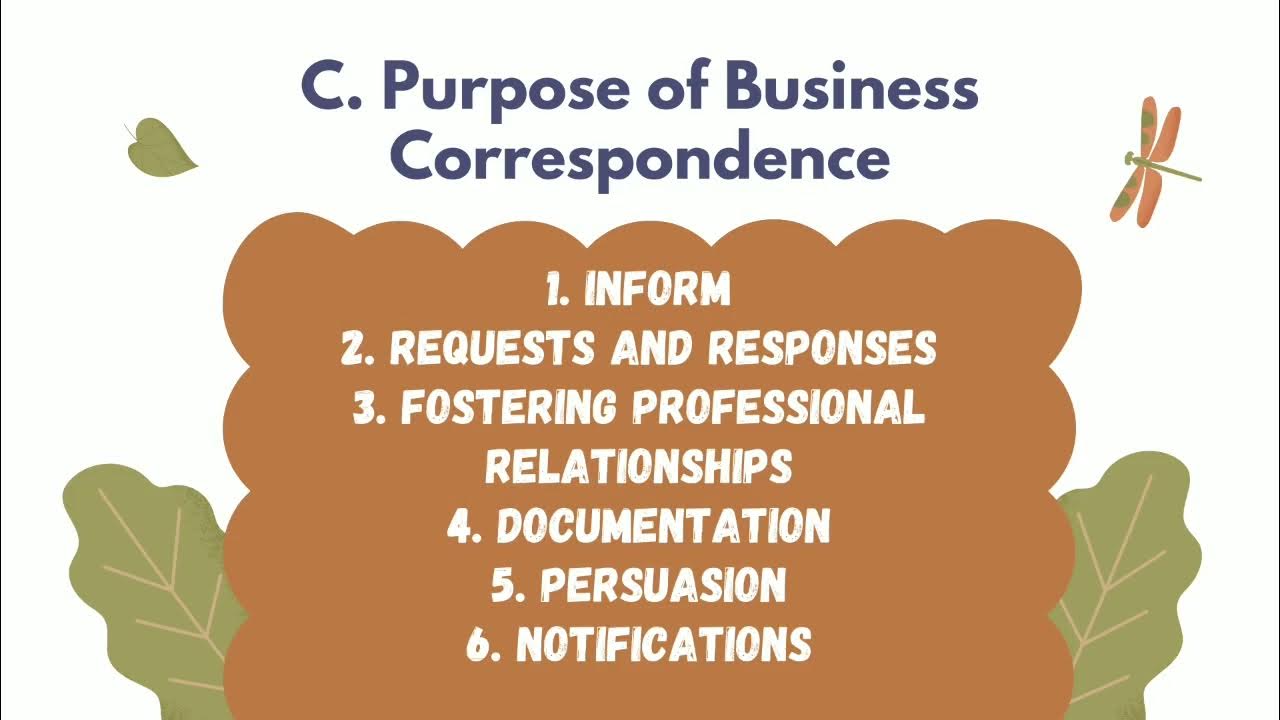Dyslexia and the Brain
Summary
TLDRThis script discusses dyslexia's impact on the brain during reading, highlighting the challenges in sound-symbol correspondence. It emphasizes the importance of explicit phonics instruction for struggling readers and how brain imaging reveals differences in brain activation between those with and without dyslexia. The script also explores the brain's plasticity, showing that even adults can improve reading skills and that dyslexia might be linked to enhanced visual-spatial skills.
Takeaways
- 🧠 Brain research has expanded our understanding of dyslexia, showing differences in brain activity between people with and without dyslexia during reading.
- 🔤 Reading involves breaking words into individual sounds (phonemic awareness), which can be challenging for children with dyslexia.
- 📚 The human brain wasn't naturally designed to read, so learning to read requires repurposing areas of the brain that originally evolved for other functions.
- 👁️ The brain's visual processing areas are 'hijacked' to help recognize word forms by sight after repeated exposure to words, reducing the need to sound them out.
- 💬 In dyslexia, certain areas of the brain responsible for sound-to-letter mapping don't activate as effectively, leading to reading difficulties.
- 📖 Explicit instruction in phonics and structured, intensive interventions are key to improving reading skills in children with dyslexia.
- 🔄 Brain imaging shows that after effective interventions, brain activity increases in areas related to reading, indicating that the brain can adapt and improve.
- 🧩 Dyslexic individuals may possess enhanced skills in visual-spatial processing, such as seeing the 'big picture' rather than focusing on details.
- 🧑🔬 Researchers are exploring whether these enhanced skills are a result of dyslexia or if the dyslexic experience cultivates them.
- 🔬 Brain malleability is evident in both children and adults, as adults with dyslexia can still make significant improvements in reading with proper interventions.
Q & A
What has brain research revealed about dyslexia?
-Brain research has shown differences in how the brains of people with dyslexia function compared to those without dyslexia, particularly in the areas involved in reading. It provides an inside view of the reading brain and highlights why struggling readers experience difficulties.
Why is phonemic awareness crucial for reading?
-Phonemic awareness is essential for reading because it helps individuals understand that words are made up of individual sounds (phonemes) that correspond to written letters. This understanding is foundational to decoding words and reading fluently.
How does the brain change when learning to read?
-The brain undergoes significant changes when learning to read. Areas of the brain that process sounds and language become integrated with regions responsible for visual recognition of words, allowing readers to eventually recognize words by sight without having to sound them out.
What happens in the brain of a person with dyslexia when they are reading?
-In people with dyslexia, some areas of the brain responsible for reading are not activated in the same way as in people without dyslexia. This leads to difficulties in processing language and mapping sounds to written text.
How can effective interventions help children with dyslexia improve their reading skills?
-Effective interventions, such as explicit phonics instruction, teach children how to apply the rules of phonics, sound out words, and understand the relationship between sounds and letters. This helps improve their reading fluency and ability to recognize words by sight.
Why are eye-movement control and balance-focused interventions not effective for dyslexia?
-Eye-movement control and balance-focused interventions are not effective because dyslexia is primarily related to difficulties in language processing and the ability to map sounds to print, not problems with eye movement or balance.
How does the brain compensate for reading difficulties in individuals with dyslexia after intervention?
-After receiving effective interventions, certain brain areas increase in activity, while other areas may compensate to support improved reading skills. This demonstrates the brain's malleability and its ability to adapt and develop stronger reading capabilities.
What are some potential advantages or heightened skills in people with dyslexia?
-Research suggests that people with dyslexia may have enhanced visual-spatial skills, such as the ability to see the big picture and process visual information more effectively. These skills may be a result of or developed alongside their experience with dyslexia.
Can adults with dyslexia improve their reading skills, and how does their brain change?
-Yes, adults with dyslexia can still improve their reading skills, and their brain continues to change as they practice reading. The brain adapts and reorganizes itself to support stronger reading abilities, even in adulthood.
What are scientists currently investigating about dyslexia using brain imaging?
-Scientists are investigating how the brain processes enhanced skills, such as visual-spatial abilities, in people with dyslexia. They are exploring whether these skills are a result of the brain's adaptation to dyslexia or if they come with the condition itself.
Outlines

Cette section est réservée aux utilisateurs payants. Améliorez votre compte pour accéder à cette section.
Améliorer maintenantMindmap

Cette section est réservée aux utilisateurs payants. Améliorez votre compte pour accéder à cette section.
Améliorer maintenantKeywords

Cette section est réservée aux utilisateurs payants. Améliorez votre compte pour accéder à cette section.
Améliorer maintenantHighlights

Cette section est réservée aux utilisateurs payants. Améliorez votre compte pour accéder à cette section.
Améliorer maintenantTranscripts

Cette section est réservée aux utilisateurs payants. Améliorez votre compte pour accéder à cette section.
Améliorer maintenantVoir Plus de Vidéos Connexes

The Reading Brain | How We Learn To Read

Como o HÁBITO DE LEITURA age no cérebro e pode salvar a humanidade.

Reading Business Correspondence By Group 7th, Class C

Alfabetização e Letramento

Educational Neuroscience: Your Child’s Brain and Early Literacy with Bruce McCandliss

Alcohol Effects and Neurotransmitters: The GABA and Glutamate Balance
5.0 / 5 (0 votes)
